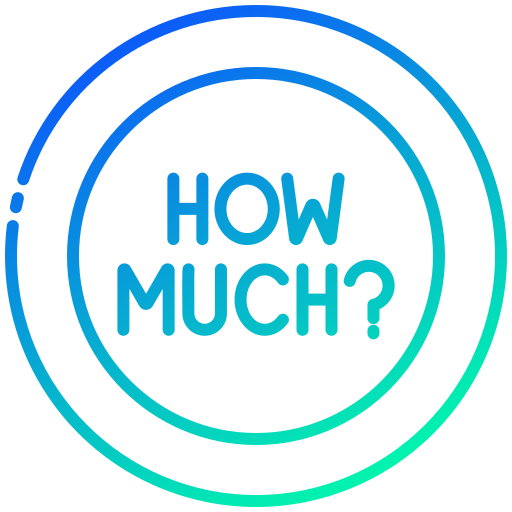How Much Is Health Insurance
In a Nutshell
- Understand the key factors influencing health insurance costs
- Learn about different types of health insurance plans and their impact on pricing
- Discover the various ways to save on health insurance premiums
- Get insights into average health insurance costs across different demographics
- Access information on government programs and subsidies to lower health insurance expenses
Table of Contents
- Factors Influencing Health Insurance Costs
- Types of Health Insurance Plans
- Average Health Insurance Costs
- Ways to Save on Health Insurance
- Government Programs and Subsidies
- Frequently Asked Questions
Factors Influencing Health Insurance Costs
Health insurance costs vary greatly based on several factors. Understanding these can help you make informed decisions.
- Age: Premiums tend to increase with age.
- Location: Costs differ across states and regions.
- Health status: Preexisting conditions can impact your premiums.
- Tobacco use: Smokers generally face higher premiums.
- Plan type and coverage level: More comprehensive plans cost more.
Types of Health Insurance Plans
Different health insurance plans come with varying costs and coverage. Knowing the types available can help you choose wisely.
Health Maintenance Organization (HMO) Plans
- Lower premiums and out-of-pocket costs
- Requires use of network providers
Preferred Provider Organization (PPO) Plans
- Higher flexibility with healthcare providers
- Higher premiums compared to HMOs
Exclusive Provider Organization (EPO) Plans
- Must use network providers except in emergencies
- Lower premiums than PPOs
High Deductible Health Plans (HDHP) with Health Savings Account (HSA)
- Lower premiums but higher deductibles
- Tax-advantaged savings on medical expenses
Average Health Insurance Costs
Health insurance costs can vary significantly. Here are some averages to give you an idea:
- Individual health insurance premiums average around $450 per month in 2023.
- Family health insurance premiums average about $1,150 per month.
- Employer-sponsored health insurance usually offers lower rates compared to individual plans.
For more details on average costs, visit How Much Is Health Insurance.
Ways to Save on Health Insurance
There are several strategies to reduce your health insurance costs. Here are some tips:
- Shop around: Compare plans on different marketplaces.
- Consider high-deductible plans: If you’re healthy and rarely visit the doctor.
- Take advantage of subsidies: Available through the Health Insurance Marketplace.
- Use a Health Savings Account (HSA): To save on taxes.
- Join a spouse’s plan: If possible.
- Utilize preventative care: Many plans offer this without additional costs.
Government Programs and Subsidies
Various government initiatives can help you afford health insurance.
- Medicaid: For low-income individuals and families.
- Medicare: For people 65 and older, or those with certain disabilities.
- Children’s Health Insurance Program (CHIP): For children in families that earn too much for Medicaid but not enough to afford private insurance.
- Health Insurance Marketplace subsidies: Based on income and family size.
For assistance on applying to these programs, refer to How Much is Health Insurance for more details.
Frequently Asked Questions
Here are common questions related to the cost of health insurance.
1. How much is health insurance for a single person?
- The average cost is around $450 per month, but factors such as age and location can significantly impact this number.
2. How can I lower my health insurance premiums?
- Choose a high-deductible plan, use the Health Insurance Marketplace to qualify for subsidies, and consider joining a spouse’s plan if available.
3. Does my employer’s health insurance cost me less?
- Typically, yes. Employer-sponsored health insurance often comes with lower premiums because they share the cost with you.
4. Are there any penalties for not having health insurance?
- As of 2023, there is no federal penalty, but some states have their own mandates.
5. Can I switch health insurance plans anytime?
- Usually, you’re limited to the Open Enrollment Period unless you have a qualifying life event, such as marriage or the birth of a child.
6. What is the difference between HMO and PPO plans?
- HMO plans generally have lower premiums but more restrictions on providers. PPO plans offer more flexibility but at a higher cost.
7. How do I know if I qualify for Medicaid?
- Eligibility is primarily based on income, family size, and disability status. Check your state’s guidelines for specific criteria.
For more detailed FAQs, visit How Much Is Health Insurance.
By understanding these factors and utilizing available resources, you can make more informed decisions and potentially reduce your health insurance costs. This blog post provides a comprehensive guide to navigating the complex world of health insurance costs. For more information, refer to reliable sources such as Kaiser Family Foundation, Healthcare.gov, and National Association of Insurance Commissioners.

Leave a Reply